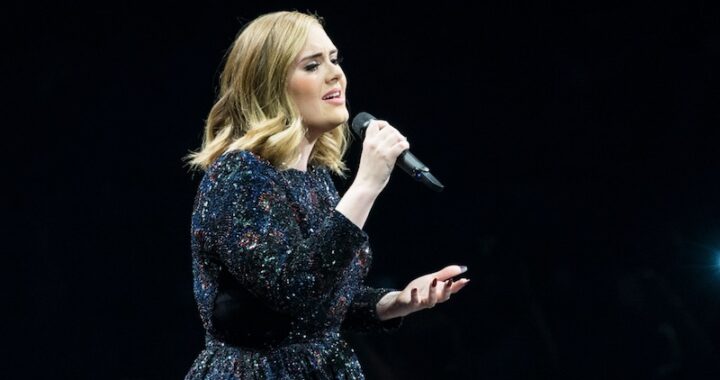On this blog I’m often pointing out the similarities between what the classical music masters were trying to do, and what today’s good pop songwriters are trying to do. Except for the fact that the instrumentation is usually completely different, it’s the presentation — the musical arrangement and basic beat — that tends to differ. It’s easy to rearrange the Beatles’ music to sound classical, and it’s easy to make classical music sound like pop.
But in the world of classical music (or to be more precise, Baroque-era (1600-1750) into the true classical era (1750-1820), there is one common difference. When Bach wrote a piece of music, he tended to start quite simply, with strong chord progressions, where the key was clear and the ideas comparatively simple.
 Trying to get a handle on writing song lyrics? Discover the benefits of making a lyrics-first method your new go-to process with”Use Your Words! Developing a Lyrics-First Songwriting Process. It’s FREE right now when you purchase the 10-eBook Bundle.
Trying to get a handle on writing song lyrics? Discover the benefits of making a lyrics-first method your new go-to process with”Use Your Words! Developing a Lyrics-First Songwriting Process. It’s FREE right now when you purchase the 10-eBook Bundle.
Once he’d got a basic idea going, that’s when he’d start making things a bit more complex. So if you listen to the last movement of Bach’s Brandenburg Concerto No. 3, the opening ideas presented by the ensemble are simple, scale-like, and supported by simple chords.
Then you hear the chords become more complex as he quickly moves us into a new key. Then it’s back and forth between simple and complex.
In pop music, however, it’s not uncommon to hear music start moody and a little less than clear with regard to key and direction. It’s not until the chorus that you hear things suddenly simplify and lock in to the chorus hook.
In that regard, what a typical pop song does is often backwards to what a Baroque or Classical work might do.
If you want to hear music where that idea of simple moving to complex switches around, and gives us complex that finally gives way to simple, you need to listen to “classical” music from the Romantic era: 1820 to 1900.
Beethoven’s 7th Symphony is a good example. He spends a good deal of the opening of that symphony with one mission in mind: to create a mood. The music sounds tentative, moving reluctantly forward, you might say.
Where you really hear what sounds like a “chorus” (or at least, similar what a chorus does for pop music), is the glorious French horn melody that loudly proclaims the first movement’s main theme.
In that sense, it’s Romantic-era music that pop music uses as its main model. In a typical pop song, if there’s anything that sounds a bit off the beaten track, it’ll happen at the beginning of the verse, and then things suddenly become clear in the chorus.
And it almost doesn’t matter what subgenre of pop you look at. In typical pop, you’ll often get a verse in a minor key, with everything finally moving to a major key and a clear hook-like melody in the chorus, like “You’ve Got a Friend” (Carole King), “Billie Jean” (Michael Jackson), or “Hello” (Adele).
As you can hear in those three songs, the difference between the moodiness and wandering nature of the verse, and the locked-in feel of the chorus, is subtle. But the principle is clear: the strongest part of your song needs to be the chorus. Your verse can be complex and moody, but a strong, hook-like chorus ensures that you’ve given your audience something to hum when it’s all over.
 Written by Gary Ewer. Follow Gary on Twitter.
Written by Gary Ewer. Follow Gary on Twitter.
 “The Essential Secrets of Songwriting” 10-eBook bundle includes several chord progression eBooks, including “Chord Progression Formulas”. Learn how to create chord progressions within seconds using these formulas.
“The Essential Secrets of Songwriting” 10-eBook bundle includes several chord progression eBooks, including “Chord Progression Formulas”. Learn how to create chord progressions within seconds using these formulas.










